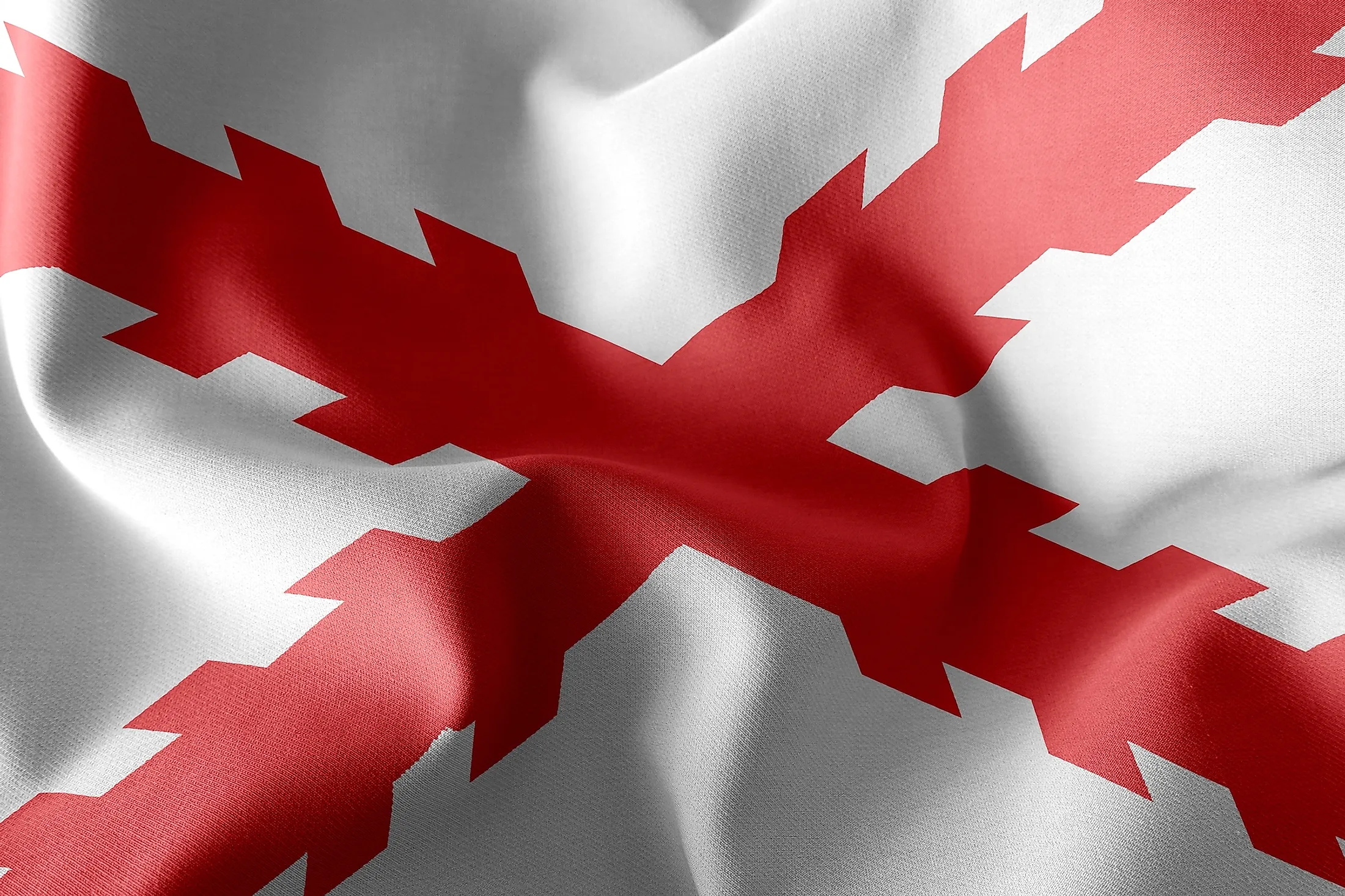
Spanish Empire
The Spanish Empire, controlled by the Kingdom of Spain, endured from the 15th century all the way into the 20th century. At its height, it controlled territory on five of the world’s continents, including large parts of Europe, the Americas, and the Caribbean, along with smaller possessions in Asia and Africa. The Spanish Empire began when separate kingdoms on the Iberian Peninsula united to form the Kingdom of Spain. The empire reached its zenith in the mid-to-late 16th century. In the 19th century, however, Spain’s empire began to decline rapidly as its colonies became independent countries. By the mid-20th century, Spain’s once vast empire was all but gone. Today, the only territory that Spain controls outside of its own borders on the Iberian Peninsula are a few small enclaves in North Africa.
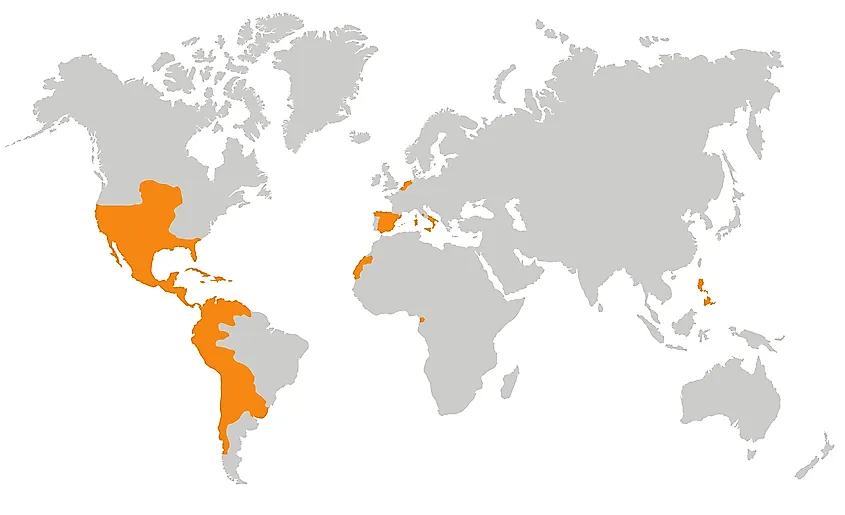
Birth of the Kingdom of Spain
The story of the Spanish Empire begins in the early 15th century. This was the last century of the Reconquista (Re-conquest), the centuries-old campaign by Christian forces to retake the Iberian Peninsula from the Muslim Arabs, who had conquered it in the 8th century. By the early 15th century, Muslim control of the Iberian Peninsula had been reduced to one kingdom on the southeast coast of the Iberian Peninsula known as Granada. The rest of the peninsula was controlled by four Christian kingdoms: Portugal, Navarre, Castile, and Aragon. In 1469, Ferdinand of Aragon and Isabella of Castile married. Ten years later, with both of them on the thrones of their respective countries, the crowns were united and the Kingdom of Spain was born.
The Spanish Empire Expands
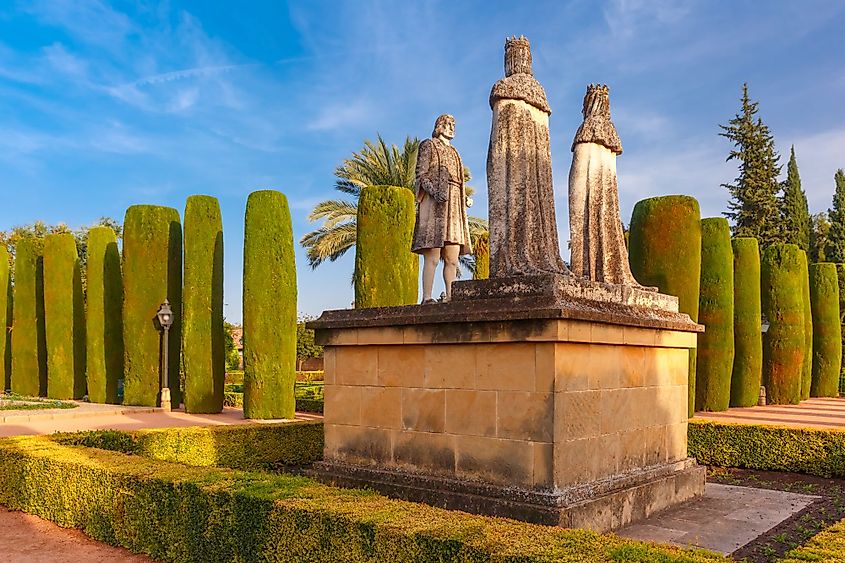
By the time Spain became a united kingdom, it already controlled territory outside of the Iberian Peninsula, including the Canary Islands, Sardinia, and Sicily. In 1492, the Spaniards conquered Granada, thus destroying the last remaining Muslim outpost on the Iberian Peninsula. Coincidentally, this was the same year that Christopher Columbus set sail on his historic voyage to the so-called New World. His arrival in the Caribbean islands marked the beginning of Spanish colonization.
During the first half of the 16th century, the Spanish Empire expanded rapidly, seizing the Kingdom of Navarre, as well as lands in Western and Central Europe. At the same time, Spain’s colonial holdings in the Caribbean were growing. By 1521, Spain had laid claimed to Cuba, Jamaica, Puerto Rico, Panama, and Hispaniola, the island on which the present-day countries of Haiti and the Dominican Republic are situated. It was in 1521 that the Spanish Empire entered what is called “The Golden Age of Spain”.
Golden Age of Spain
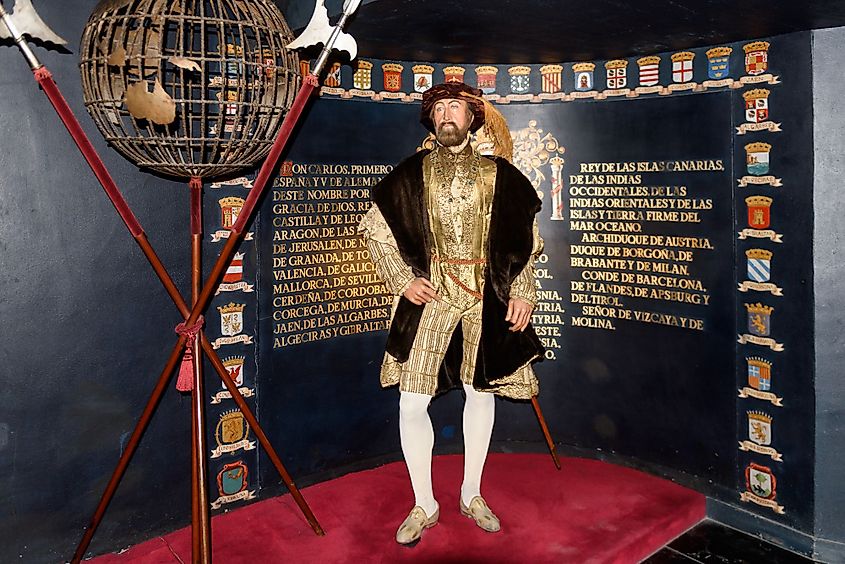
When King Charles I ascended the Spanish throne, he was able to rule about a quarter of Europe, not by conquest, but rather by inheritance because of the marital alliances established by the Reyes Catolicos (Catholic Kings) prior to his rule. He inherited Spain’s colonial possessions as well as the crowns of the Holy Roman Empire, the Low Countries (present-day Belgium, the Netherlands, and Luxembourg), and Franche-Comte (region of present-day northeastern France). Thus, Charles I became the most powerful man in Europe. In fact, his empire would not be rivalled until the Napoleonic Era.
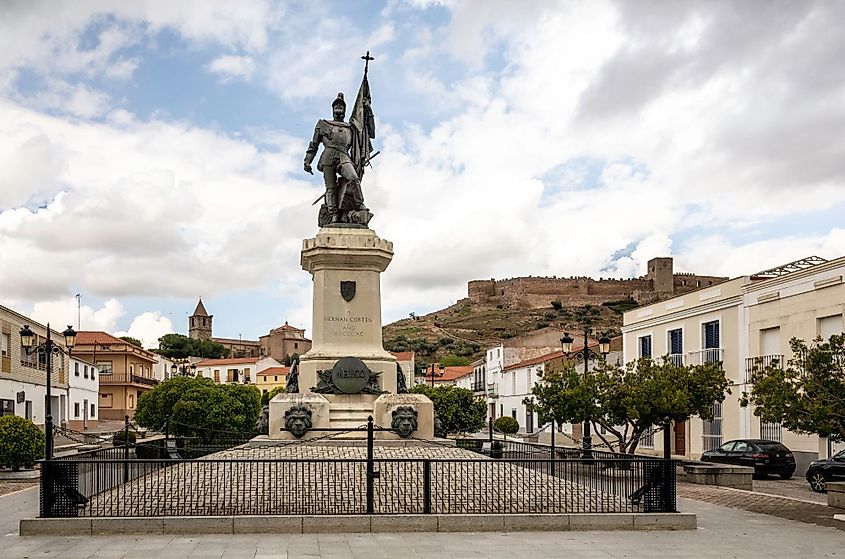
Meanwhile, Spain’s conquest of the New World was moving at a rapid pace. Spanish Conquistadors laid waste to the Aztec Empire in present-day Mexico, culminating in the birth of the Spanish colony of New Spain in 1521. Spain’s conquest of the Inca Empire in South America led to the establishment of the Viceroy of Peru. Following the conquest of the two aforementioned empires, rumors of the existence of cities of gold in both North and South America pushed the Spaniards into mounting further expeditions into territory in the Americas not yet under their control. They were disappointed, however, as they did not find the rumored cities of gold, and what wealth they did find was much less than they had hoped for. In fact, the resources from the Americas would not become a significant part of the Spain’s revenues until the late 16th century, when silver from the Americas accounted for one-fifth of the country’s total budget.
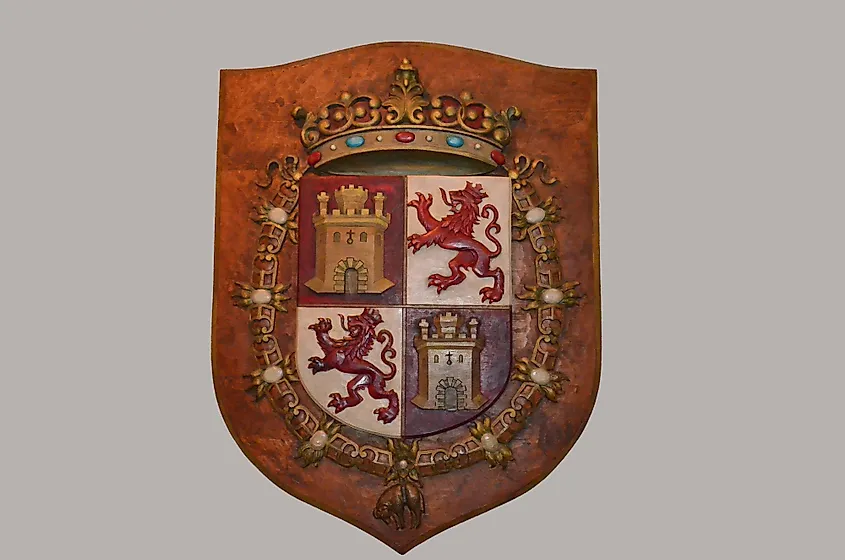
The mid-to-late 16th century was when the Spanish Empire was at its peak. By this time, the empire controlled large parts of North and South America, and the Caribbean. It also had control of the Philippines and some other Pacific islands, not to mention its European possessions. King Philip II (1556-1598) would be the presiding ruler during the zenith of the Spanish Empire, but it was also him who presided over some significant defeats. Quelling rebellion in the Spanish Netherlands and growing piracy in the Caribbean severely damaged Spain’s finances. In addition, the empire suffered a resounding defeat in 1588, when the Spanish Armada was destroyed by the English Navy in an attempt to invade England. When King Philip II died, he left Spain bankrupt. Nevertheless, the Spanish Empire continued to endure. In fact, the empire gained even more territory after its union with the crown of Portugal in 1581, thereby gaining territory on the east coast of South America, as well as smaller territories in Africa and Asia. But by the early-to-mid 17th century, the Spanish Empire began a slow decline.
Decline and Fall of the Spanish Empire
From the 1640s onward, Spain faced a number of challenges. Rebellions against Spanish rule surfaced in Portugal, southern Italy, and Catalonia. The union with Portugal ended, though the Spaniards did manage to hang on to southern Italy and Catalonia. Spain did, however, lose territory in Europe over the course of the 17th century. In addition, the country was beset by economic ruin and a series of plagues that killed at least 1.25 million people. During this tumultuous time, the leadership of the Spanish Empire was inept and incompetent, leaving the realm’s defenses weak and antiquated. By the early 18th century, Spain had lost all its territories in Europe aside from the Kingdom of Spain itself. The Spanish Empire did recover somewhat in the rest of the 18th century. Trade in the colonies boomed, and there was renewed growth in precious metals mining in the Americas. Spain began to modernize its institutions and economy. The 18th century was also relatively peaceful compared to other centuries. The empire even managed to conquer some new territory overseas. But Spain was still not the first rate power it once was. Indeed, it was still quite backward compared to its rivals.
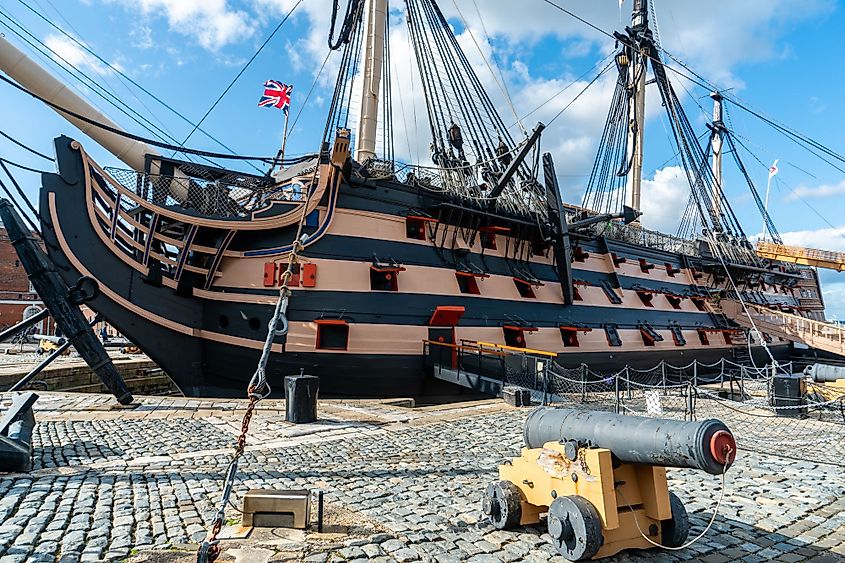
The real death knell of the Spanish Empire would come in the 19th century. It began with Spain’s loss of the Louisiana Territory in 1800 to the French. Just five years later, the historic naval Battle of Trafalgar took place, in which British forces defeated a French-Spanish fleet. This battle marked the end of Spain’s great naval power. By 1824, Spain had lost all of its territory on the North and South American mainland, as its colonies became independent countries. What remained of the Spanish Empire were small amounts of territory in the Caribbean, Africa, and Asia. In the Spanish-American War of 1898, Spain lost control of its Caribbean and Asian colonies, including Cuba, Puerto Rico, and the Philippines. Finally, in the mid-20th century, Spain relinquished control of the Western Sahara and Equatorial Guinea. Today, Spain has no colonial possessions aside from small enclaves on and off the Mediterranean coast of the Kingdom of Morocco.











